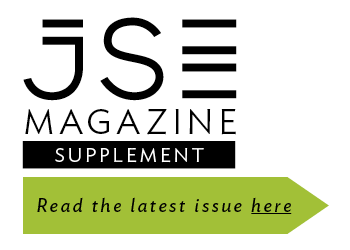It also has some of the world’s richest gold deposits deep in the Witwatersrand basin, and is a leading coal and diamond producer. The recent commodity boom extended the spotlight to SA’s chrome, vanadium, titanium and a number of other, less widely known but important minerals.
The fact is that ever since the 1870s diamond rush in Kimberley and the staking of the first gold claim on the Rand in the 1880s, mining has been essential for SA’s economy and broader society. The JSE has its origin and roots firmly embedded in mining – it was founded in 1887 because mining companies needed a stock exchange to raise capital for their extractive businesses.
Today the JSE also offers an inward listing framework that internationally listed miners can use to access SA’s capital markets, while junior miners are able to raise capital on the AltX and JSE Private Placements platform, which was launched in December 2021.
Due to the cyclical nature and fluctuating commodity prices of mining, coupled with technical advancements and the latest environmental, social and governance requirements, the sector is constantly reinventing itself. During the COVID-19 pandemic, miners showed remarkable resilience and agility – for example, by repurposing data and technologies (such as real-time health tech and geographic information systems) to rapidly develop quarantine, exposure and vaccination programmes.
Mining companies have a long track record of service to society, with Anglo American, De Beers, Glencore and Gold Fields among the first in SA to form charitable trusts and foundations, according to sustainability consultancy Trialogue. Over the past decades, they have established clinics, schools, infrastructure and socio-economic development projects for their workforces and surrounding communities. In 2022, SA companies spent a total of R10.9 billion on CSI, with mining (as part of the basic materials sector) the top spender, accounting for one-third of this expenditure.
While automation and mechanisation are improving safety in mines, especially underground, companies are increasingly introducing advanced technology such as drones, AI and robotics. In line with the world’s transition to a low-carbon economy, SA miners are well placed to benefit from the surging demand in ‘green’ or ‘transition minerals’ such as lithium, cobalt, nickel and copper, as well as chromium, zinc, PGMs, aluminium and manganese, required to construct wind turbines and solar PV installations, electric vehicles and battery storage.
SA mining companies are also leaders in renewable-energy projects for own use and in the development of a green-hydrogen economy. SA has the platinum that is essential for green-hydrogen production, which is considered ‘clean’ because it’s based on renewable energy and water electrolysis.
Just as it has assisted miners for more than a century, the exchange looks forward to supporting the sector in the future so it can help SA reap the benefits of its mineral treasure trove.








